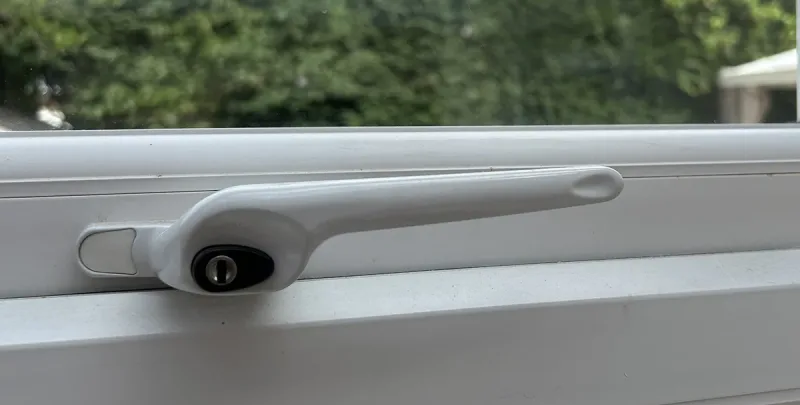Comparing Household Contents Insurance Policies.
Comparing household contents insurance, either online or offline can be more time consuming than one might first imagine. Online household insurance comparison has become easier in recent years with the increased range of products of offer within home insurance comparison websites. Most provide a simple interface to collect prospective customers’ details, to help ensure they meet the criteria set by the insurance companies listed on the site. Online quotations are obtained from each of the listed home insurance companies, and automatically return the information back to the comparison site for prospects to choose the cover from the list of companies offering quotations.
If you do like surfing the web and prefer to deal with real people, household contents insurance quotes can be compared by ringing some traditional insurance brokers. It is important not just to compare policies on price. Household contents insurance comparisons should also regard excess levels, individual sections of cover and the extent of each cover. For example whether the policy has Full Accidental Damage or is just Standard Cover, or whether ‘additional extras’ are included (such as garden cover, or full cover for outside possessions). Household insurance quotations will provide a certain amount of information, including the Key Facts and mainly there will also be access to the Policy Wording. However, it is only when full policy documents are read in detail, that you can actually compare alternative covers to the fullest extent. It is highly likely that no two sets of policy wordings provided will provide an identical basis for comparison although is most cases, the core covers on offer will be the same.
When comparing the price of household contents insurance policies, you will quickly realise that one of the first questions you’ll be asked to complete online is how much contents cover is required. Most policies provide a maximum level by value – each increase in value sum insured will increase the annual premium. Its important to value your contents on a new for old basis as on almost all policies now, this is the basis of settlement. Many people don’t realise that they are actually under insured. They do not realise that the items they possess in their household today, exceed the standard level of cover they purchased in previous years, this is easy to do, we all acquire more clutter and possessions over the years and very few people get straight on the phone to their insurance company every time they make a large purchase. It is thus important to review your sums insured each year, to make sure, they are still adequate for your needs. If you fail to insure for the correct amount and need to make a contents claim, you could find your cover compromised. For people who have previously bought a combined buildings and contents policy, its important to review both sections separately as they have no relationship, its no good having one correct if the other is not.
However the online price checking process is a useful one. If you are seeking a like-for-like comparison, you will inevitably have to know what all your personal possessions are actually worth. This will include fixtures and fittings of the house should a major disaster ever occur to it.. This valuation exercise shouldn’t take you too long if you are methodical, going from room to room writing down your contents sum insured. When making comparisons online try to select policies with identical or very similar levels of cover. To do this invest a few minutes wading through the home insurance companies’ own websites for any exclusions set out in the policy. Remember, its no good, accepting a cheaper contents insurance premium, if the cover is not on a par with your existing contract, that would be an unfair comparison.
If you have the All Risks section operative, your contents are protected when you’re away from your household, although certain conditions will apply, for example if items are ever left unattended at any time. If you need an all risks option, think about how often you will be transporting items of high-value outside the home. Typically most people keep high-tech gadgets and family valuables locked in at home for safety reasons, be prepared to take similar security measures when you are away from your home.
Additionally, you could compare on the basis of the ‘administrative nature’ of the companies themselves. If a broker has provided the quotations, they should be able to give advice on how the insurance company would operate in the event of a claim, where the company is based, whether they operate online or whether they are paper based and how exactly their claims are formulated. Some companies, will provide you with a 24 hour claims hot line and will not need you to complete a paper form, others will allow you to complete your own form online. Some are still operating on a paper claim form basis, although to help expedite matters, you be able to ask for the document to be emailed to you if required.
These may seem like relatively unimportant facts during the quotation process, however during a claim, you will be pleased if you have researched your quote thoroughly . You must be confident that if an accident does occur or your household contents are accidentally lost, broken or stolen – that you will be up to make a claim and it will be dealt with in a professional manner. The good news for UK contents insurance policyholders, is that the FSA does lay down guide lines for companies dealing with claims, so there should be no real reason to suffer delays. With any type of insurance, it is only at the point of having to make a claim, that you really realise the true worth of the policy you have selected.





























